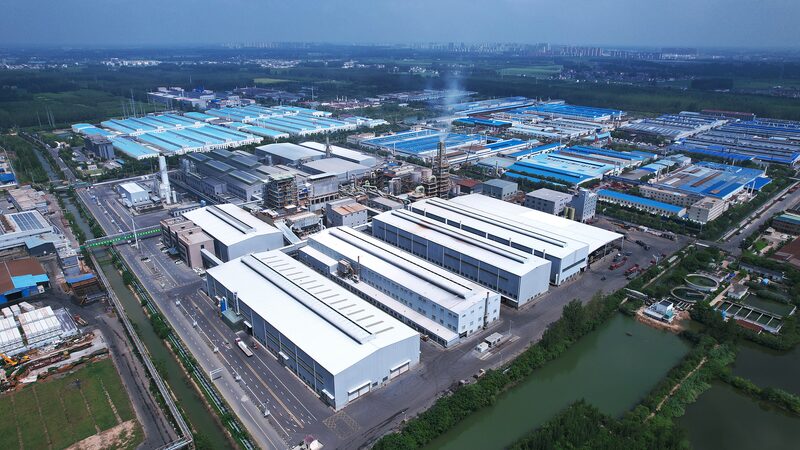Amid global economic uncertainties, the Chinese mainland has rolled out a series of measures aimed at alleviating pressure on corporate profits, signaling renewed efforts to stabilize domestic growth and investor confidence. Analysts suggest these steps could reshape business dynamics across Asia's largest economy while offering insights for regional markets.
The initiatives include targeted tax reductions for manufacturing and tech sectors, expanded subsidies for green energy enterprises, and enhanced financial support for small and medium-sized businesses. Shen Jianguang, Chief Economist at JD.com, notes: "These policies reflect a calibrated approach to balancing market vitality with long-term structural reforms."
Recent data shows corporate profit margins in key industries have narrowed by 4-7% year-on-year, driven by fluctuating commodity prices and shifting global demand. The new measures specifically address energy cost burdens through electricity price caps for industrial users and streamlined approval processes for production capacity adjustments.
Cross-border implications emerge as the policies incentivize high-tech collaboration between the Chinese mainland and international partners, particularly in semiconductor and renewable energy sectors. Business leaders in Hong Kong and Singapore have welcomed the clarity, with several logistics firms already adjusting supply chain strategies.
While the Taiwan region maintains separate economic policies, analysts observe potential ripple effects through integrated regional supply chains. The measures coincide with China's broader push for technological self-reliance, with R&D tax credits increasing by 15% for qualifying enterprises.
As Asian markets digest these developments, attention turns to upcoming APEC discussions on regional economic coordination. For investors and business strategists, understanding these policy shifts becomes crucial in navigating Asia's evolving commercial landscape.
Reference(s):
Multiple measures to ease downward pressure on corporate profits
cgtn.com








